Social Security Trust Fund To Be Invested In Stocks? Critics Warn One Market Crash Could Shatter Retirees’ Benefits – Financial Freedom Countdown
A new bipartisan proposal could transform Social Security as we know it. Senators Bill Cassidy (R-La.) and Tim Kaine (D-Va.) are floating a plan to invest the Social Security Trust Fund in stocks and bonds, betting that market returns could rescue the program from insolvency.
But some experts warn: one market downturn could devastate millions of retirees who depend on these benefits.

Social Security’s Old-Age and Survivors Insurance (OASI) Trust Fund is on track to be insolvent by 2033.
That could slash retiree payments by up to 20% unless Congress finds new funding sources.
Senators Cassidy and Kaine Pitch a Bipartisan Gamble
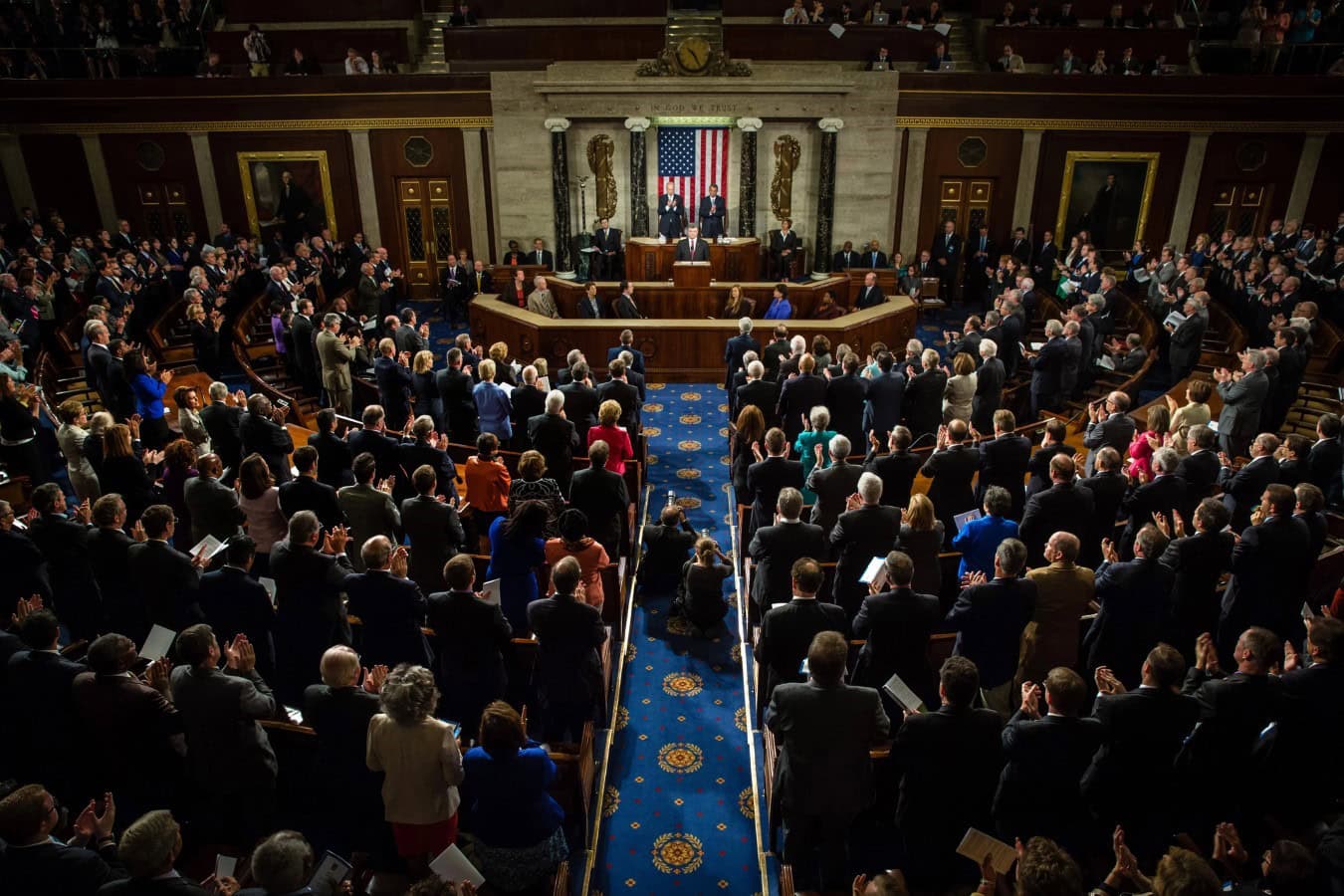
In a rare show of bipartisanship, Republican Senator Bill Cassidy and Democratic Senator Tim Kaine propose creating a parallel investment fund that would channel $1.5 trillion into stocks, bonds, and other assets.
Their argument? These investments could generate higher returns than the low-yield Treasury bonds the Trust Fund currently holds.
A $1.5 Trillion Bet on the Market

The proposal calls for an upfront $1.5 trillion federal investment into a new investment fund.
The senators said their plan for an investment fund would run parallel to the current trust fund, not replace it.
Over 75 years, this fund would grow through diversified investments in stocks, bonds, and other financial instruments, eventually supplementing Social Security’s payroll taxes.
The blended investment is expected to generate a higher rate of return, helping keep the program from insolvency.
“The Treasury would temporarily shoulder the burden of providing benefits to Social Security beneficiaries; but when the new fund’s 75 years are up, it would pay the Treasury back and supplement payroll taxes to help fill the future gap,” they wrote.
Under the plan, the Treasury would temporarily front the money to cover Social Security payments, with the new investment fund paying it back over 75 years. But critics say that’s a long bet on a volatile market.
Critics Question What Happens in a Crash
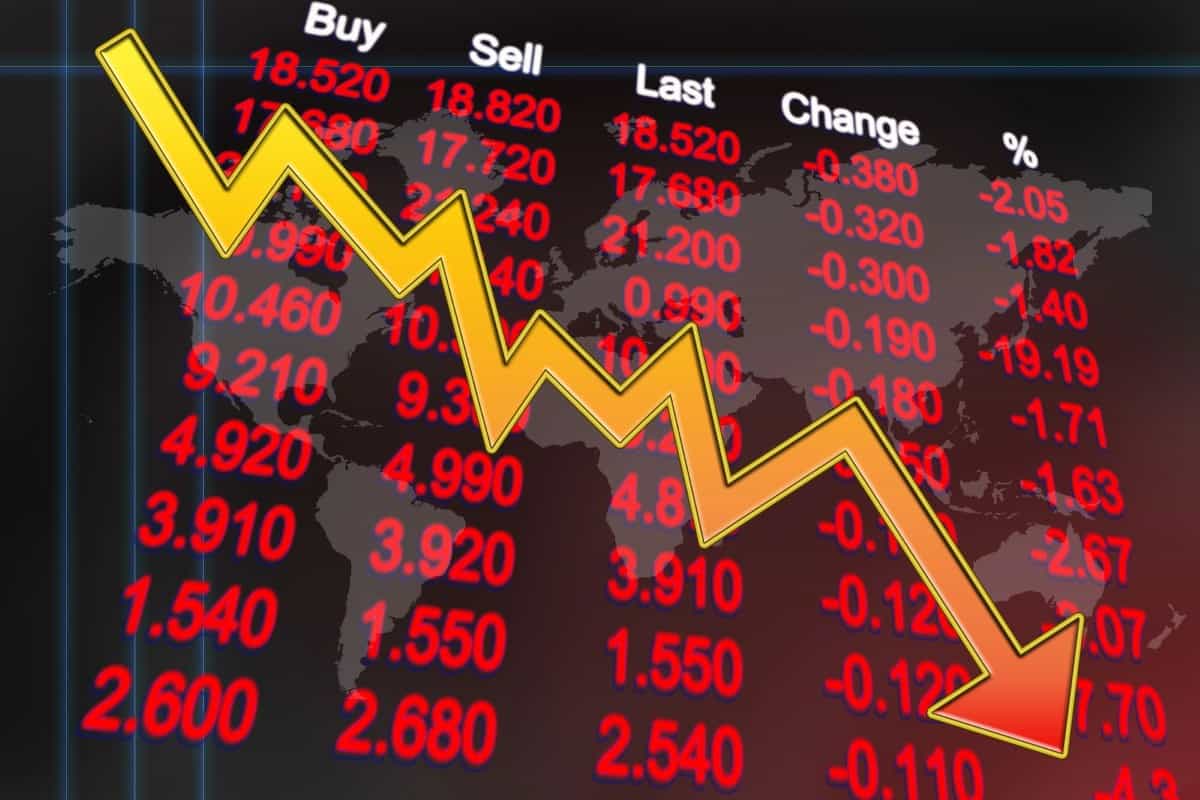
Skeptics warn that putting Social Security into the stock market exposes retirees to Wall Street’s booms and busts.
A major market crash could slash the fund’s value just as millions of seniors rely on it for monthly checks.

Roughly 45% of single retirees and 21% of married couples depend on Social Security for 90% or more of their income.
Any threat to these benefits could trigger a national retirement crisis.
How the Plan Differs from Today’s System

The Social Security Trust Fund collects money from payroll taxes. Taxes on Social Security benefits are also placed back into the fund.
Currently, the Social Security Trust Fund is required to invest solely in low-risk, low-return Treasury bonds.
Cassidy and Kaine argue that these returns are too meager to keep the program afloat, and say the market offers better growth potential despite the risk.
For reference, Treasury bonds have doubled in value since 2002, while the S&P 500 has risen more than 600 percent over the same period.
The senators also mention that payroll taxes themselves are insufficient to sustain the current Social Security program.
What Happens If We Do Nothing?
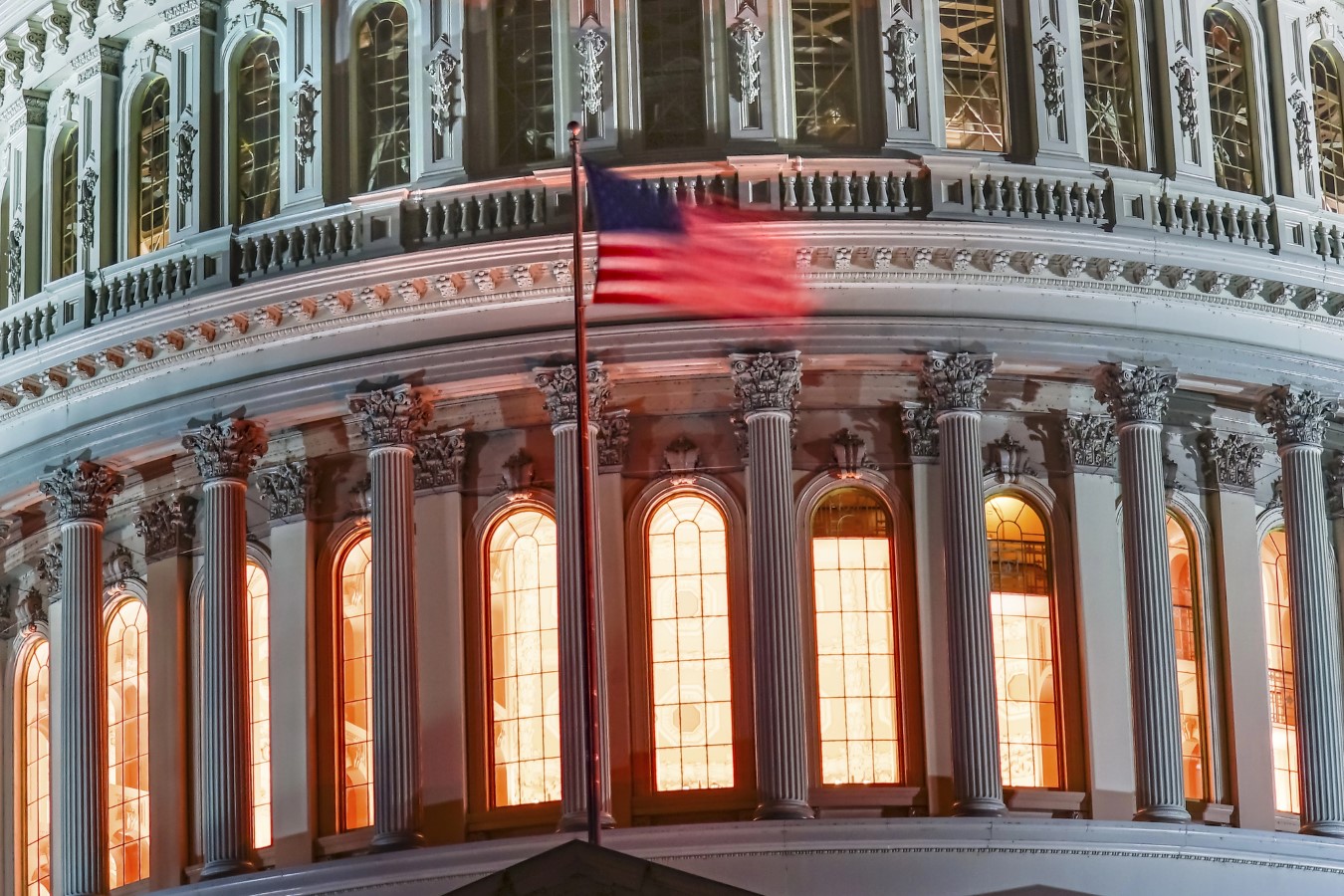
If no action is taken, the Trust Fund will be depleted by 2033, and benefits will be cut to match payroll tax collections.
Lawmakers face a stark choice: take a calculated risk on the markets now or guarantee painful cuts later.
Some Experts Say It’s Already Too Late

Economists warn that even if the plan is sound, it may be too late to pull it off in time.
Similar investment strategies work best over longer periods, and with only eight years left before insolvency, the timeline is tight.
Inspired by Other Programs; But Will It Work?

The senators point to the National Railroad Retirement Investment Trust as a success story, where market investments have supported retiree benefits reliably.
According to its most recent annual report, the NRRIT produced an investment return of 18.9 percent in fiscal 2024. “The trust has remained firmly in the black, with returns even exceeding expectations at some points and with payments consistently remaining reliable and on schedule,” Kaine and Cassidy wrote.
But critics note that Social Security’s scale and importance make it a riskier proposition.
Supporters Say the U.S. Is Falling Behind Other Nations

Cassidy and Kaine point to global examples; like Australia’s superannuation funds, where market-based retirement accounts have helped stabilize pension systems.
But critics say Social Security is a safety net, not an investment scheme.
No Benefit Cuts; At Least for Now

Cassidy and Kaine emphasize that their plan avoids any cuts to current or near-future retirees. They say the proposal protects every promised benefit, though some experts warn that future market losses could change that.
Raising Taxes Not Politically Viable

Some economists argue the better fix is to raise payroll taxes or slightly trim benefits for high earners, avoiding market risk altogether.
But lawmakers say such tax hikes are politically toxic.
Also any changes to the Social Security needs at least 60 votes in the Senate.

As per the latest Social Security and Medicare Boards of Trustees report, the long-term outlook for Social Security’s combined trust funds worsened this year, mainly due to three key factors.
First, the Social Security Fairness Act, signed into law on January 5, 2025 by President Biden, repealed the Windfall Elimination Provision and Government Pension Offset, boosting projected benefits for certain government retirees.
This change significantly increased the strain on the Old-Age and Survivors Insurance (OASI) Trust Fund, and was the main reason the overall Social Security depletion date moved up.
Second, the Trustees now expect the U.S. fertility rate to recover more slowly than before, delaying the return to normal levels by a decade; from 2040 to 2050.
Third, the report assumes a smaller share of future economic growth will go to workers’ wages, further reducing projected payroll tax revenue.
Will Congress Act in Time?

Although bipartisan, the Cassidy-Kaine proposal faces political headwinds.
Skeptics in both parties remain wary of exposing Social Security to Wall Street volatility, and no bill has been introduced yet.
Delay could leave lawmakers with no choice but to raise taxes or slash benefits; outcomes both parties want to avoid.
Americans Are Watching and Waiting

Polls show nearly 60% of Americans fear Social Security won’t be there for them when they retire.
With the 2033 deadline looming, public pressure is mounting for Congress to take decisive action.
A Risk Worth Taking?

The bipartisan senators argue that doing nothing is the biggest risk of all.
They say “There is a nationwide appetite to implement a bipartisan, commonsense plan like ours.”
They added that no one on Social Security would see “any change” to benefits as a result of the plan, and pledged to embed safeguards such as annual audits to prevent misuse of the new fund.
“That risk can be effectively managed by putting in place guardrails modeled after those used by the Thrift Savings Plan, including a fiduciary duty to seek a maximal return on investments and deterrence measures to address concerns that a future Congress might want to raid the fund. As for transparency, the new fund should be subject to annual audits published online.” said Senator Cassidy in a press release.
They say a diversified investment approach gives Social Security its best shot at survival; and secures retirement for future generations.
What Retirees Should Do Now
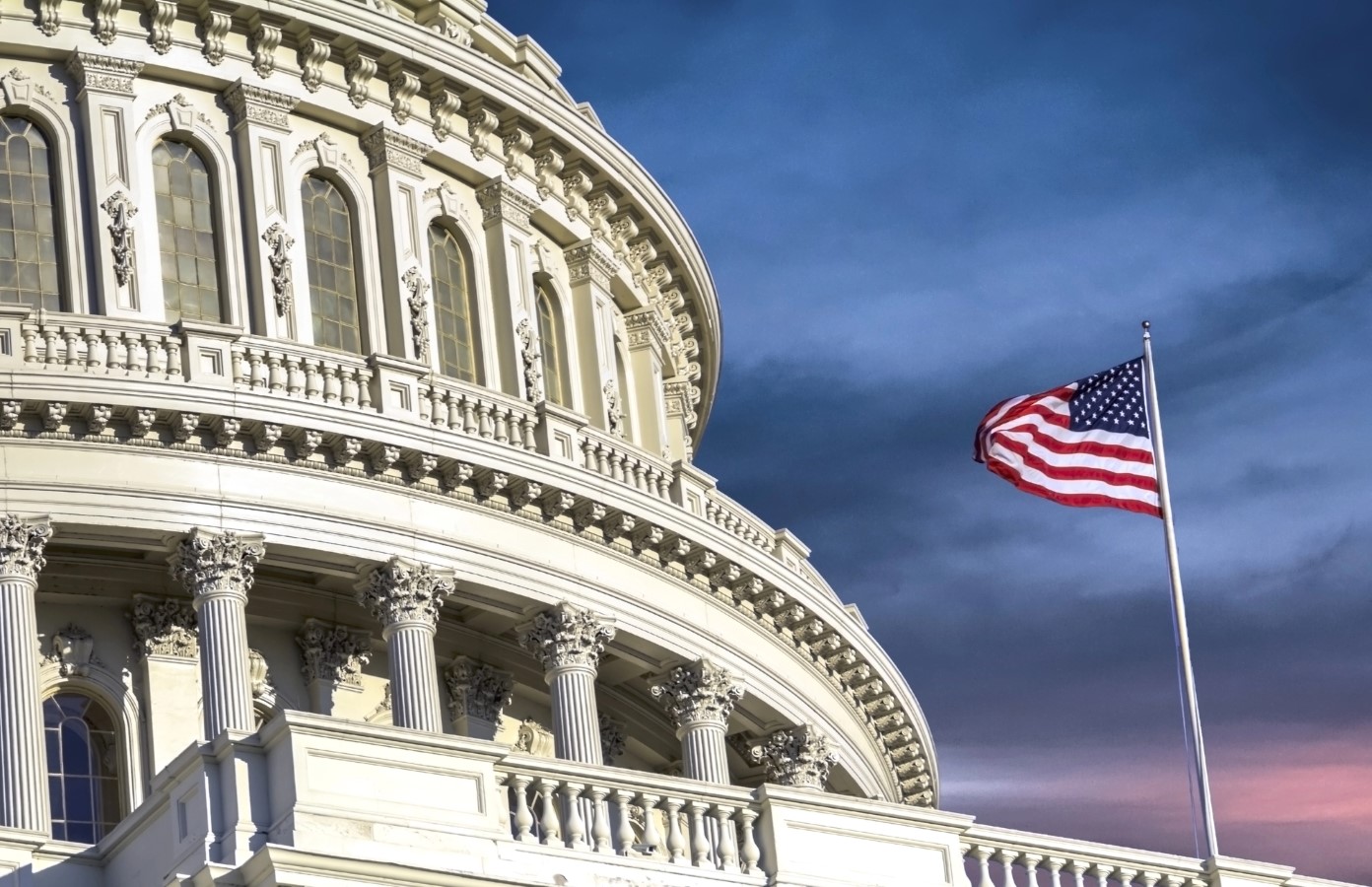
Experts say retirees should prepare for uncertainty by saving independently and watching Washington closely.
The next few years could determine whether Social Security remains a guaranteed benefit or becomes partially market-based.
Lawmakers face a stark choice: take a calculated risk now, or face painful benefit cuts later.
No matter what Congress decides, changes to Social Security’s funding could reshape retirement for generations.
Like Financial Freedom Countdown content? Be sure to follow us!
Retirement Dreams on Hold as 73% of the Sandwich Generation Support Parents and Adult Kids, Survey Finds

If you’ve ever flown on a plane, you know the drill: “Put your own oxygen mask on first before assisting others.” It’s easy advice to hear, but much harder to live by — especially if you’re caring for aging parents and supporting children. Welcome to life in the sandwich generation. Many people in their 40s and 50s face this dual responsibility right when their own retirement savings should be hitting full speed. A new survey conducted by Athene of the Sandwich Generation, found that nearly three quarters (73%) of respondents have adjusted their retirement goals to support their adult children or aging relatives, including: – Delaying retirement (34%) – Using retirement assets to support their family (22%) – Not planning to retire at all (9%) If you’re feeling squeezed from both sides, you’re not alone. Here’s what you need to know to survive and thrive during this overwhelming phase of life.
Treasury I Bond Rates Increases from 3.11% to 3.98% – But with a 1.1% Fixed Rate Locked for 30 Years, Is It Still a Smart Investment?
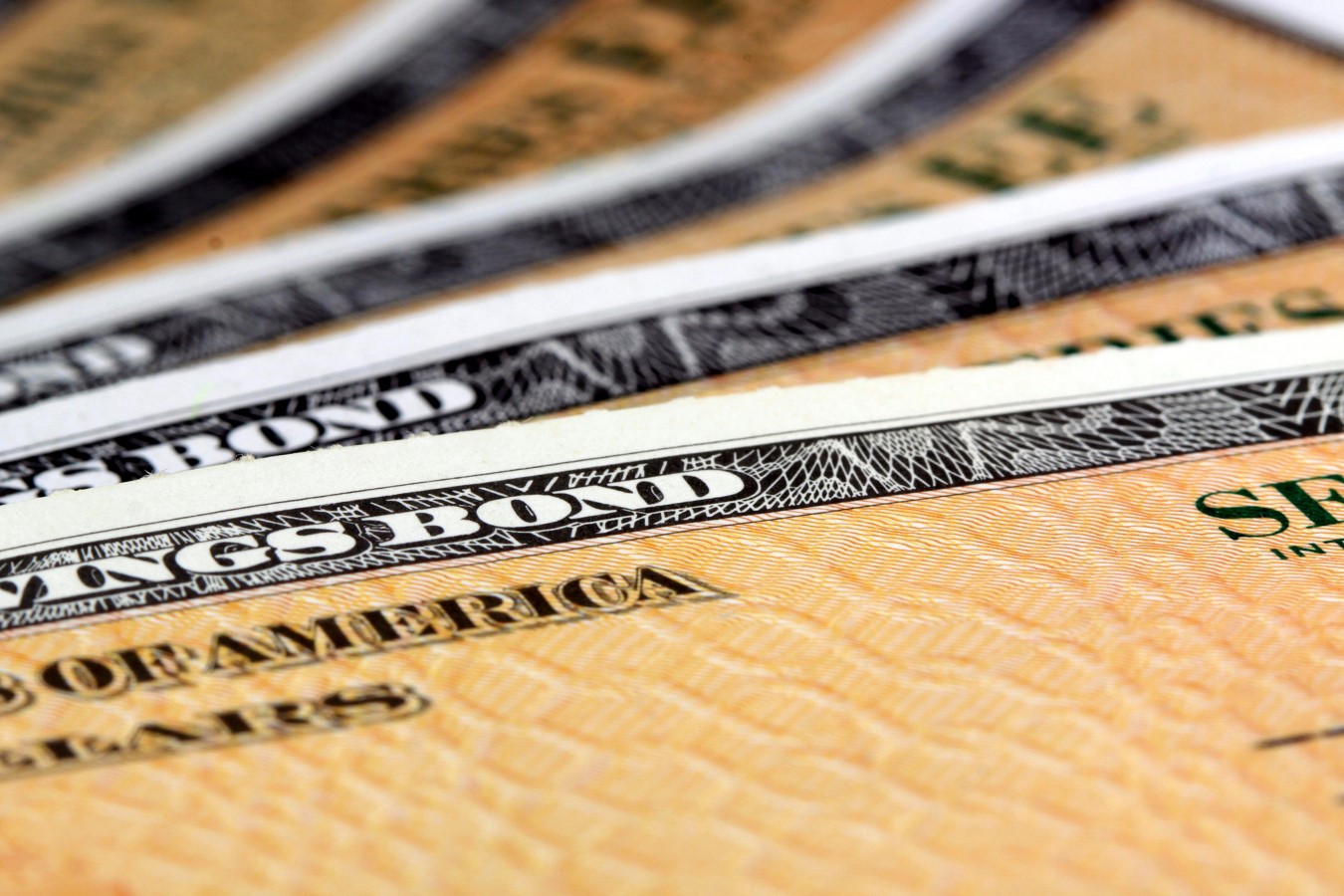
Inflation has become a significant concern. During the past three years of surging inflation, I bonds offered a safe and attractive investment option. However, with recent lower CPI numbers, the current composite rate for I bonds bought after May 1, 2025 will be 3.98%. The rate has slightly increased from the prior 3.11% but is a sharp decline from the enticing 9.62% annual rate available in May 2022 or even the 4.28% available for bonds purchased before October 31st, 2024. As rates decrease, investors are now considering whether it’s still worth buying Series I bonds.

President Trump campaigned on eliminating taxes on Social Security benefits, a pledge that won the hearts of many older Americans. But the latest tax bill shows that while the promise remains loud on the campaign trail, the reality in Congress is more complicated. Without Democratic support in the Senate, that promise is unlikely to become reality anytime soon. Republicans have introduced multiple bills in both chambers of Congress to eliminate federal taxes on retirement income, yet the legislation remains stuck, with little indication that Democrats will come on board. Democrats have introduced a bill in the Senate which is more far reaching than just focusing on elimination of Social Security Taxes, but it does not have bipartisan support with the Republicans. The impasse is especially frustrating to many retirees given that the last major bipartisan Social Security reform; wasn’t aimed at all seniors. Instead, it focused narrowly on improved benefits for certain government employees. While that change increased benefits for public workers, it left millions of everyday retirees still paying taxes on their hard-earned Social Security income. This legislative pattern has raised new questions: Why are across-the-board tax cuts for seniors stalling, while targeted relief for government workers drew swift bipartisan agreement?
Trump Promised “No Tax on Social Security”, But Is That What Seniors Are Getting?
Bobby Bonilla Hasn’t Played for Over 2 Decades. Why Do the Mets Still Pay Him?
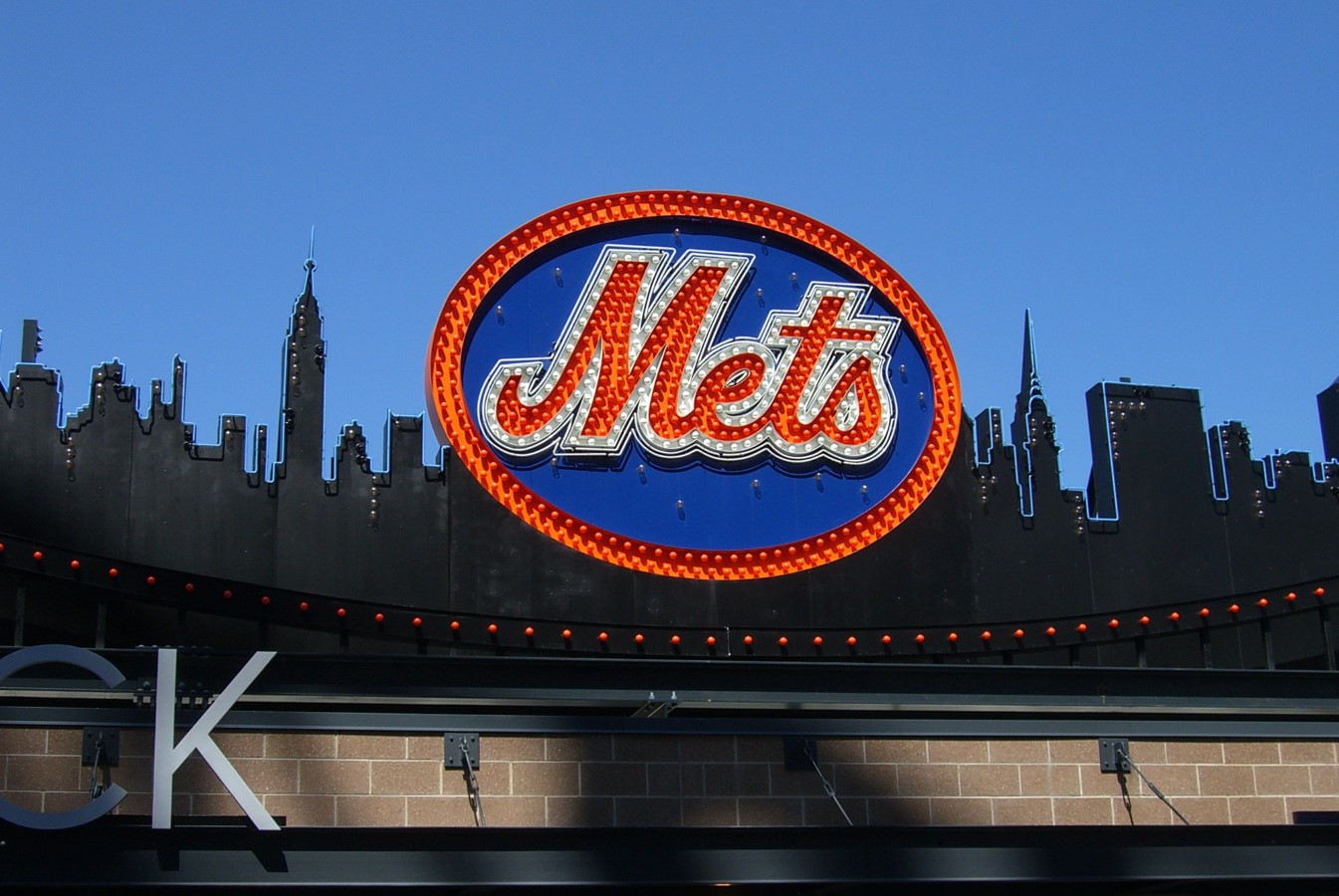
On July 1st, Mets fans wish each other Happy Bobby Bonilla Day. Why? Because on July 1st, Bobby collects a check of $1.19 million every year from 2011 to 2035. And he has not played for the Mets since 1999. Instead of receiving a one-time payment for $5.9 million, Bobby negotiated one of the best deferred payment deals in professional sports history. This quirky financial arrangement has become legendary among baseball fans, but it also holds surprisingly valuable lessons for retirement planning, compound interest, and smart negotiating.
Bobby Bonilla Hasn’t Played for Over 2 Decades. Why Do the Mets Still Pay Him?

Did you find this article helpful? We’d love to hear your thoughts! Leave a comment with the box on the left-hand side of the screen and share your thoughts.
Also, do you want to stay up-to-date on our latest content?
1. Follow us by clicking the [+ Follow] button above,
2. Give the article a Thumbs Up on the top-left side of the screen.
3. And lastly, if you think this information would benefit your friends and family, don’t hesitate to share it with them!

John Dealbreuin came from a third world country to the US with only $1,000 not knowing anyone; guided by an immigrant dream. In 12 years, he achieved his retirement number.
He started Financial Freedom Countdown to help everyone think differently about their financial challenges and live their best lives. John resides in the San Francisco Bay Area enjoying nature trails and weight training.
Here are his recommended tools
Personal Capital: This is a free tool John uses to track his net worth on a regular basis and as a retirement planner. It also alerts him wrt hidden fees and has a budget tracker included.
Platforms like Yieldstreet provide investment options in art, legal, real estate, structured notes, venture capital, etc. They also have fixed-income portfolios spread across multiple asset classes with a single investment with low minimums of $10,000.